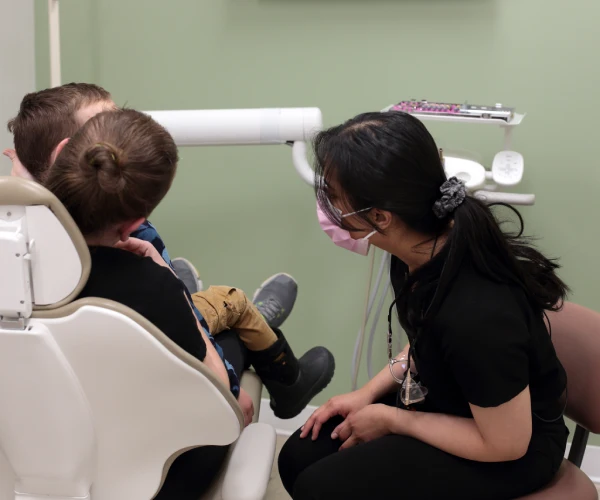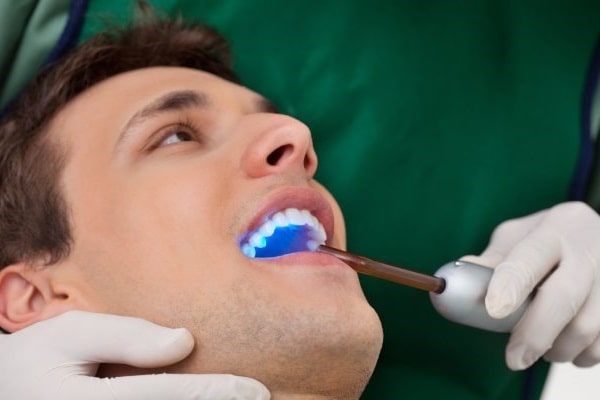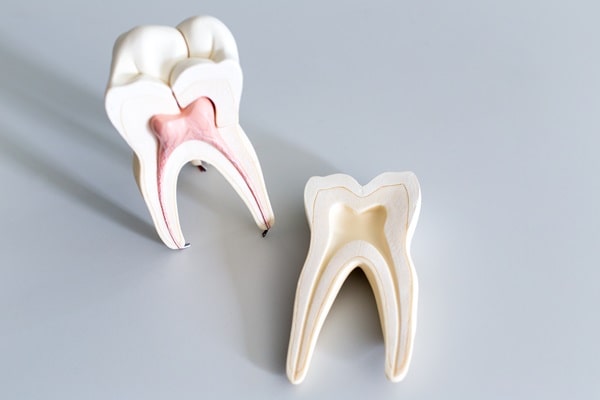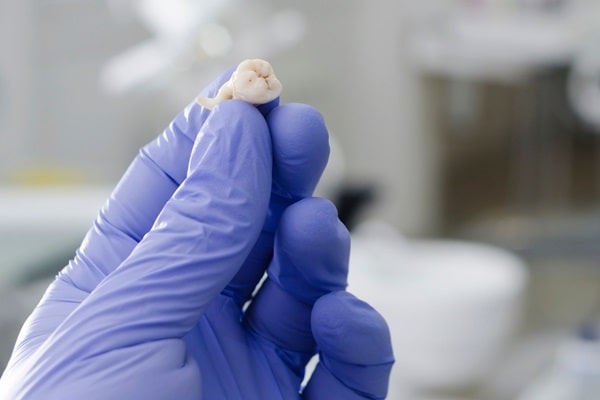West 41st Dentistry at Yew
General Dentistry in Kerrisdale
General Dentistry
Preventative care for your teeth and oral health starts with regular visits to your dental care team. We help ensure you have the tools, knowledge, and support for great dental care through routine exams, oral hygiene appointments, and other general dental treatments. Our goal is to help you and your family keep your smiles healthy for years to come.
Dental Hygiene Appointments
While great oral hygiene undoubtedly starts at home, a professional cleaning from experienced dental hygienists on a regular basis is always recommended. Our tools and techniques can clean more deeply and thoroughly than at-home tools. We can also assess your oral health and make suggestions for brushing, flossing, and other at-home techniques, allowing you to extend that fresh feeling from your dental cleaning for longer.
New Patient Exams
Every oral examination provides our team with an opportunity to check in on your overall oral health. Annual exams are important for everyone—from children to the elderly—because they allow us to continuously monitor for signs of issues and take preventative action. Whether it’s been a year or more, and whether you’ve seen our team before or not, we look forward to welcoming you to our dental clinic in Vancouver soon for an oral examination.
Dental Sealants
Dental sealants are a protective material that is brushed onto the teeth and sealed using a special light. The material helps keep harmful, cavity-causing bacteria off the teeth. We typically apply dental sealants to help children and teens, who may struggle with a regular brushing routine or find it difficult to brush thoroughly, but sealants can also be used for adults when necessary.
Dental X-Rays
Dental X-rays allow our dental team to see past the surface of your teeth and mouth. This deeper and more detailed look at your soft and hard tissues provides us with an excellent tool to find abnormalities, diagnose conditions, and plan for treatments. We use digital dental X-ray technology, which develops more quickly than traditional X-rays.
Root Canals
When infection threatens the health and stability of your teeth, a root canal treatment helps relieve pain and ensures your tooth won’t need to be removed. Signs of infection in a tooth include extreme sensitivity, toothaches, or swelling around the teeth.
Teeth Extractions
Your overall dental health is what’s most important to us, and at times, it’s necessary to remove a tooth. Extracting the teeth may be required because of overcrowding (too many teeth in the mouth or not enough space), damage, or decay.
Schedule Your Family's Dental Visit Today
Gentle & Compassionate Dental Care in Kerrisdale







